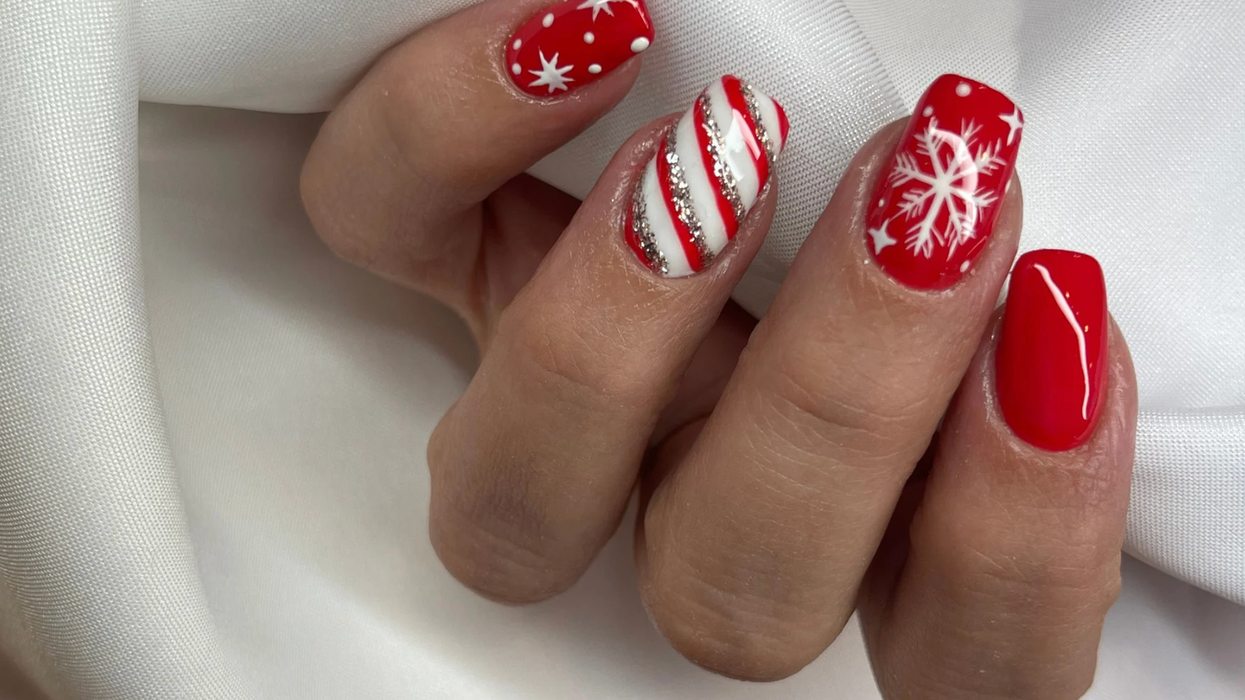Search
Latest Stories
Start your day right!
Get latest updates and insights delivered to your inbox.
We have a small favor to ask of you
Facebook is critical to our success and we could use your help. It will only take a few clicks on your device. But it would mean the world to us.
Here’s the link . Once there, hit the Follow button. Hit the Follow button again and choose Favorites. That’s it!
The Latest
Most Popular
Sign Up for
The Daily GOOD!
Get our free newsletter delivered to your inbox





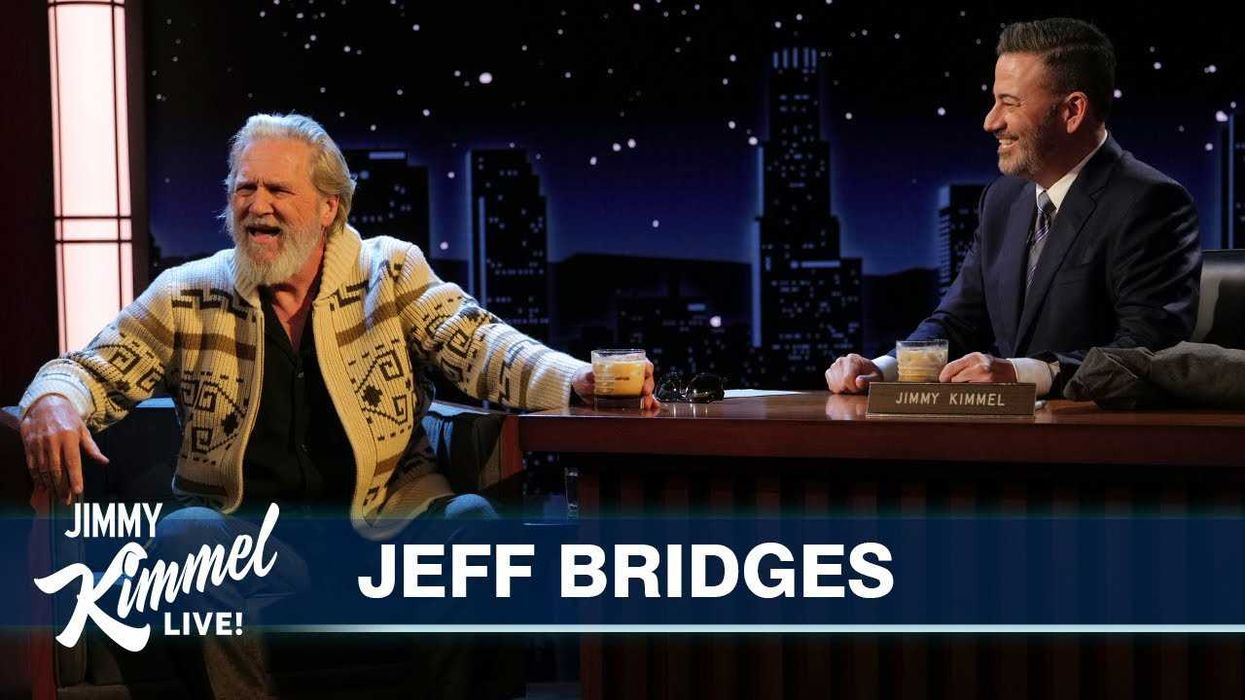
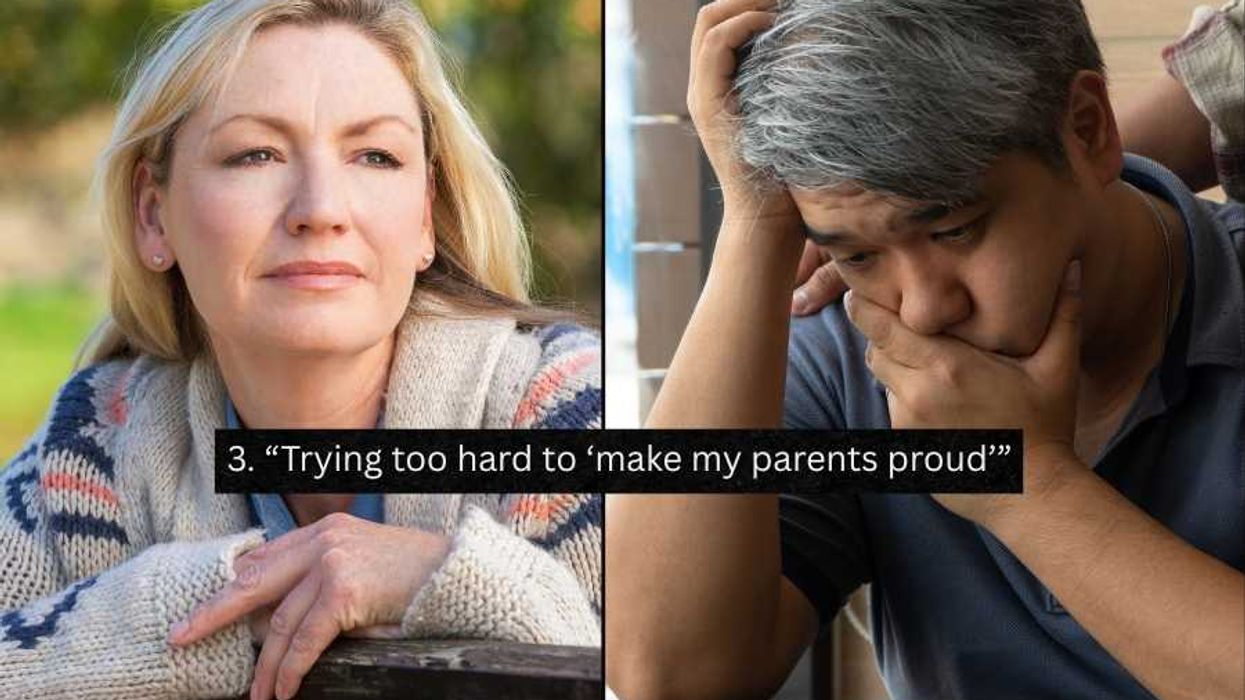




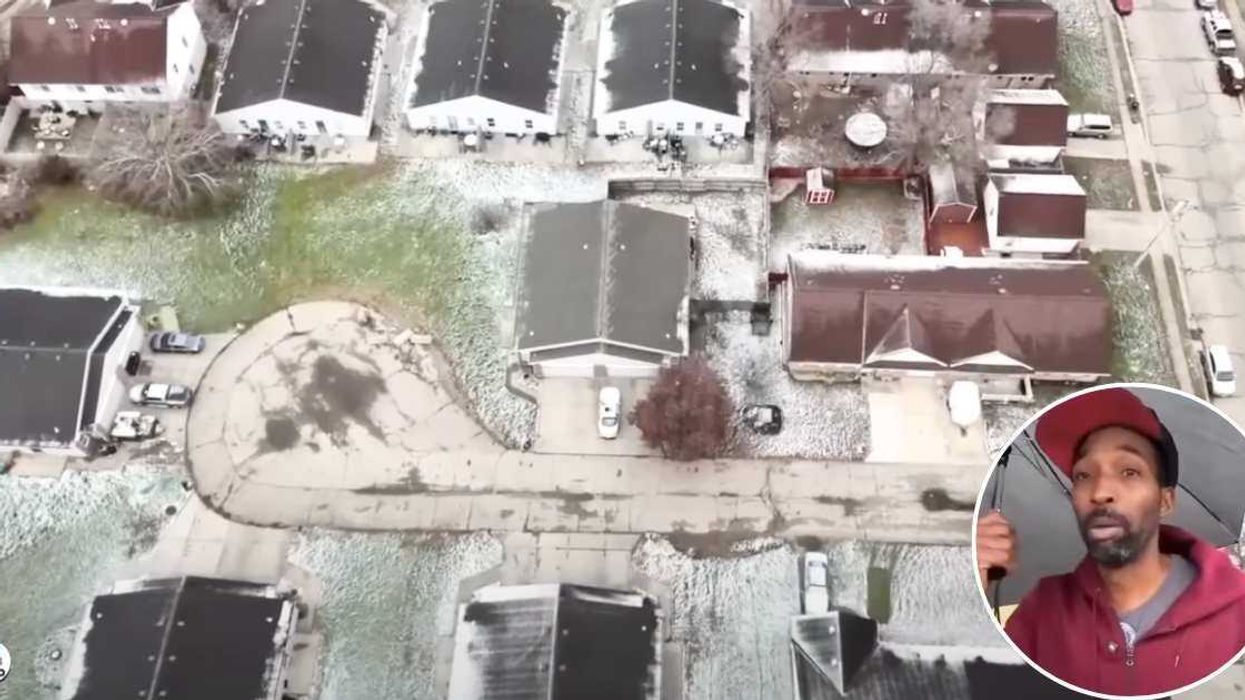


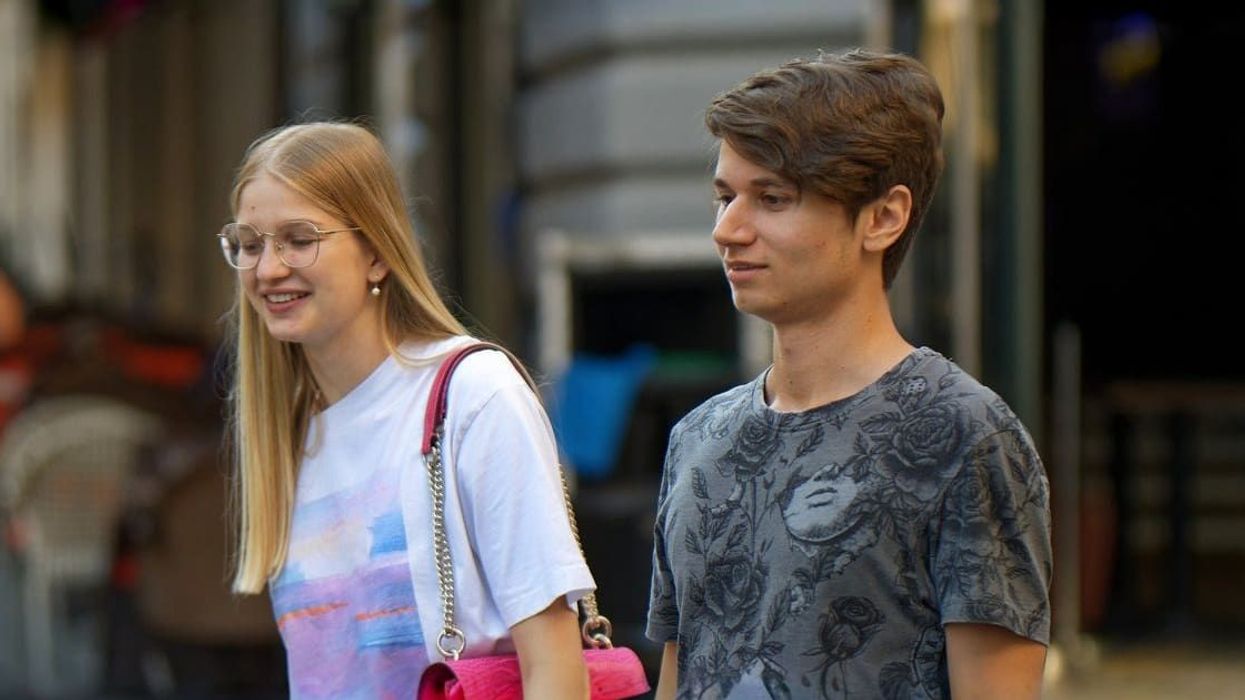
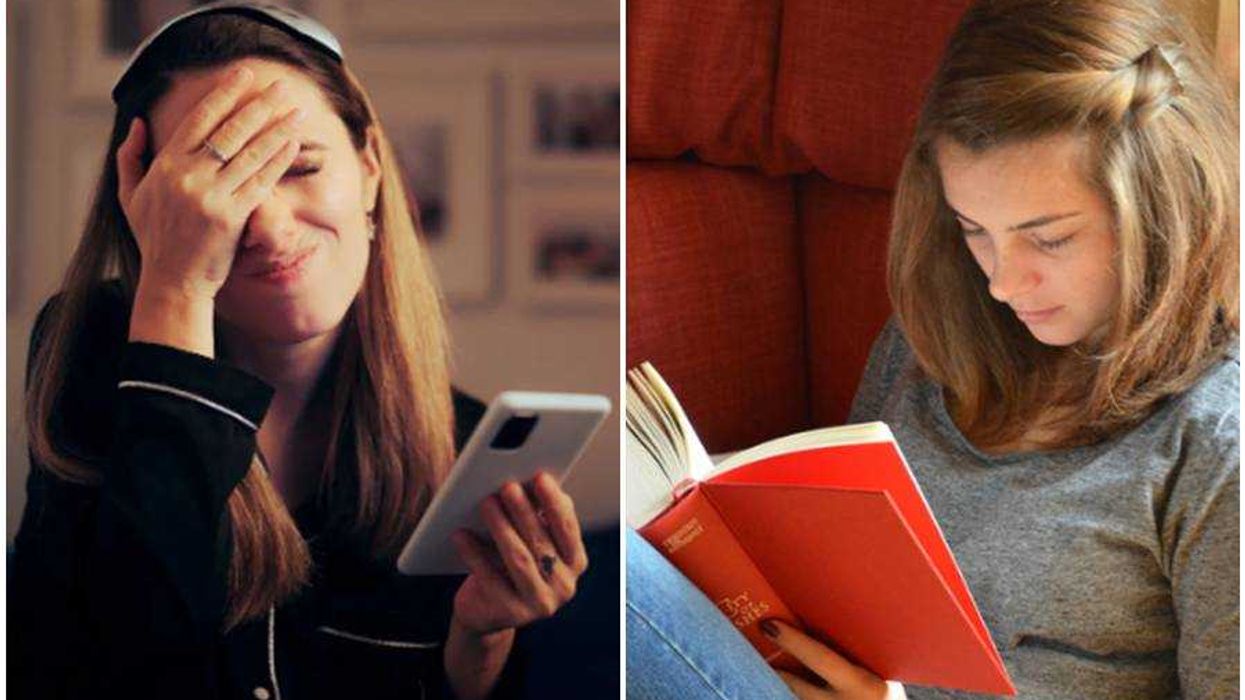
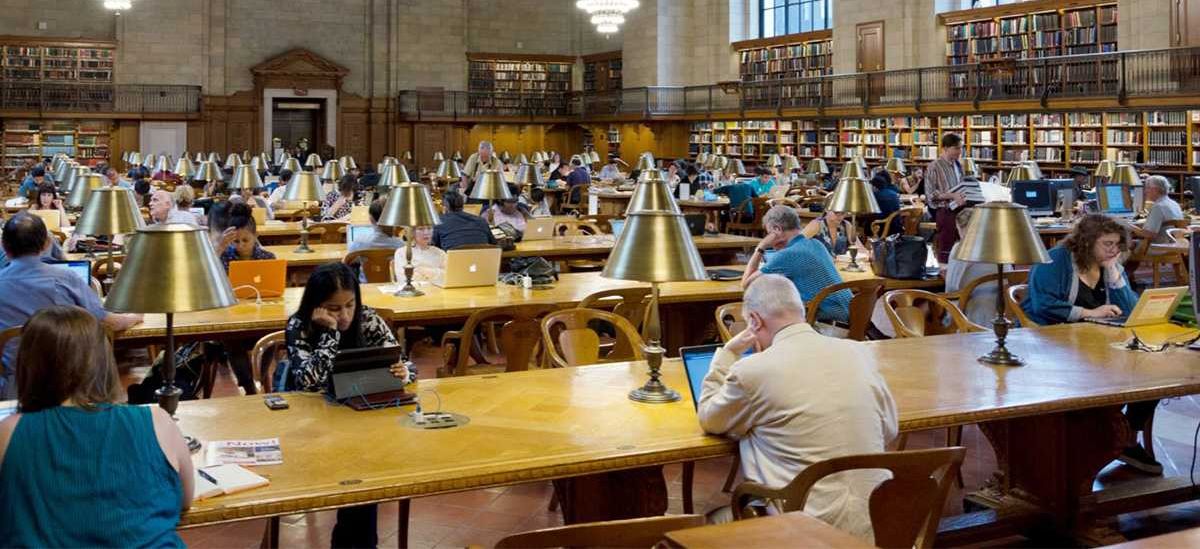 People at a public library.Image via
People at a public library.Image via 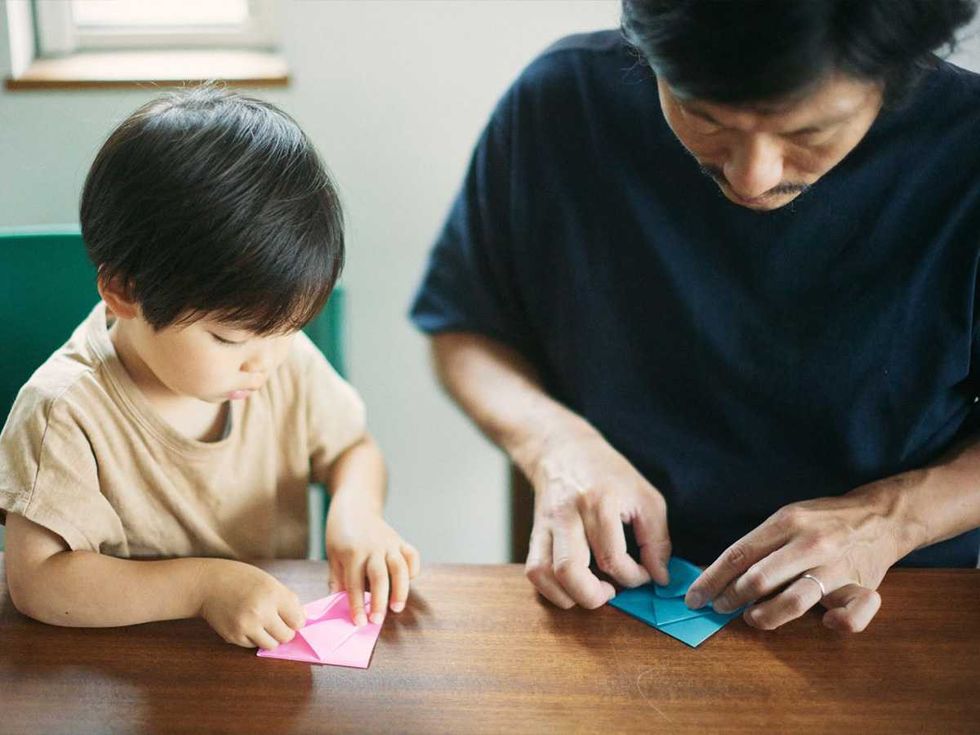 Father and child making origami together.Image via
Father and child making origami together.Image via  Woman takes a bath.Image via
Woman takes a bath.Image via 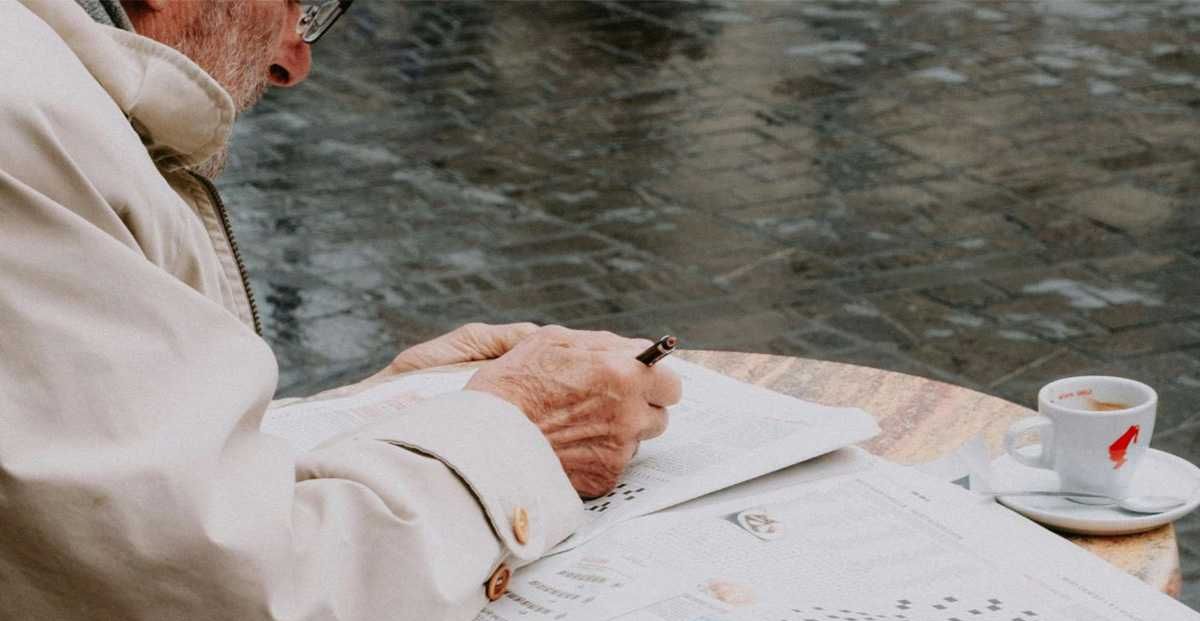 Older man solving newspaper crossword on a street table.Image via asdf - Photo by Mathias Reding
Older man solving newspaper crossword on a street table.Image via asdf - Photo by Mathias Reding Happy seniors ride bikes.Image via sdf - Photo by Syda Productions
Happy seniors ride bikes.Image via sdf - Photo by Syda Productions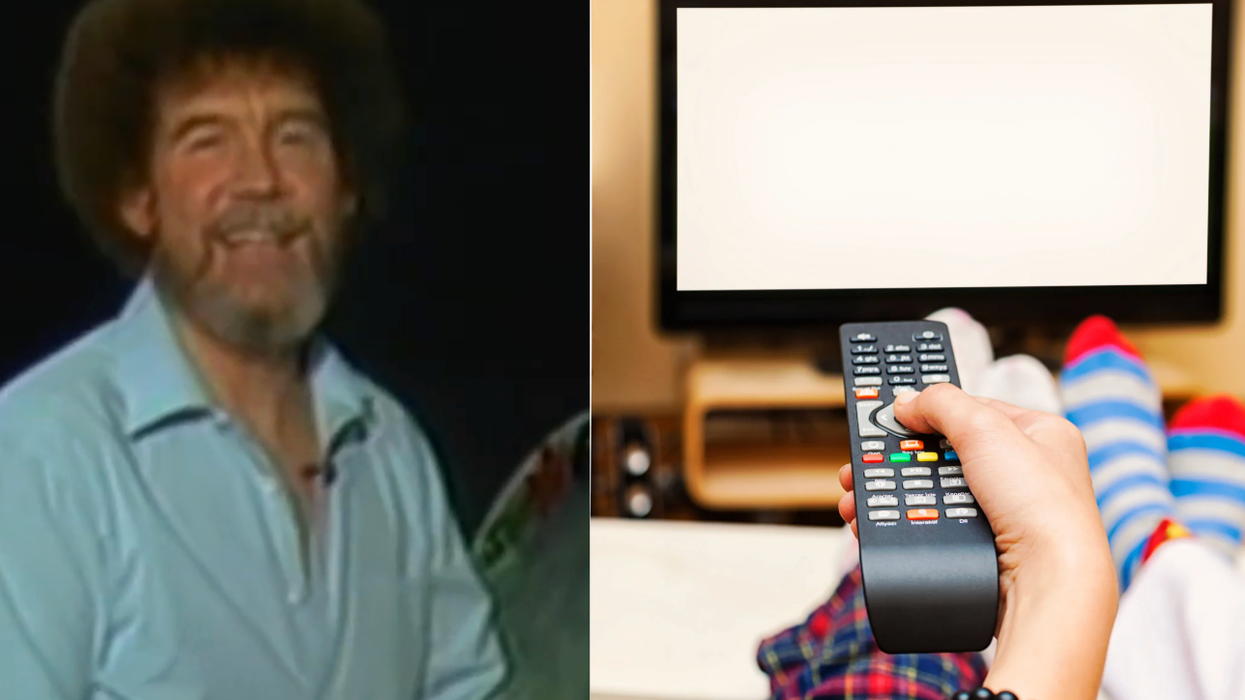

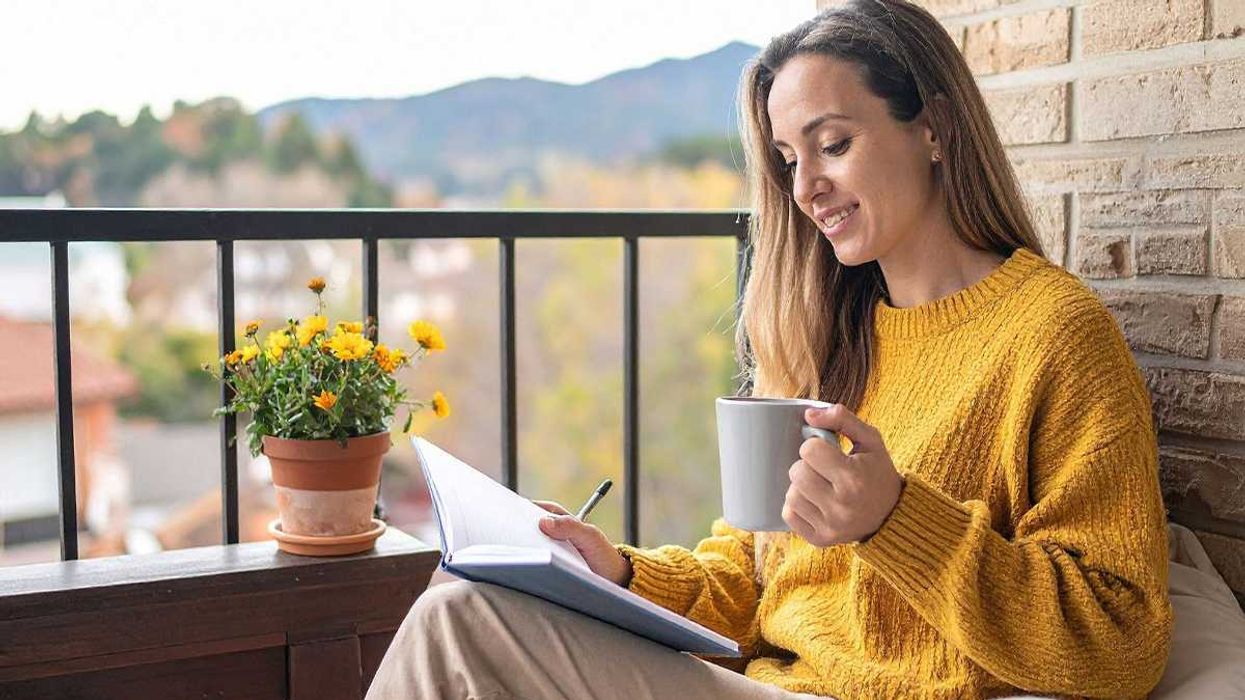

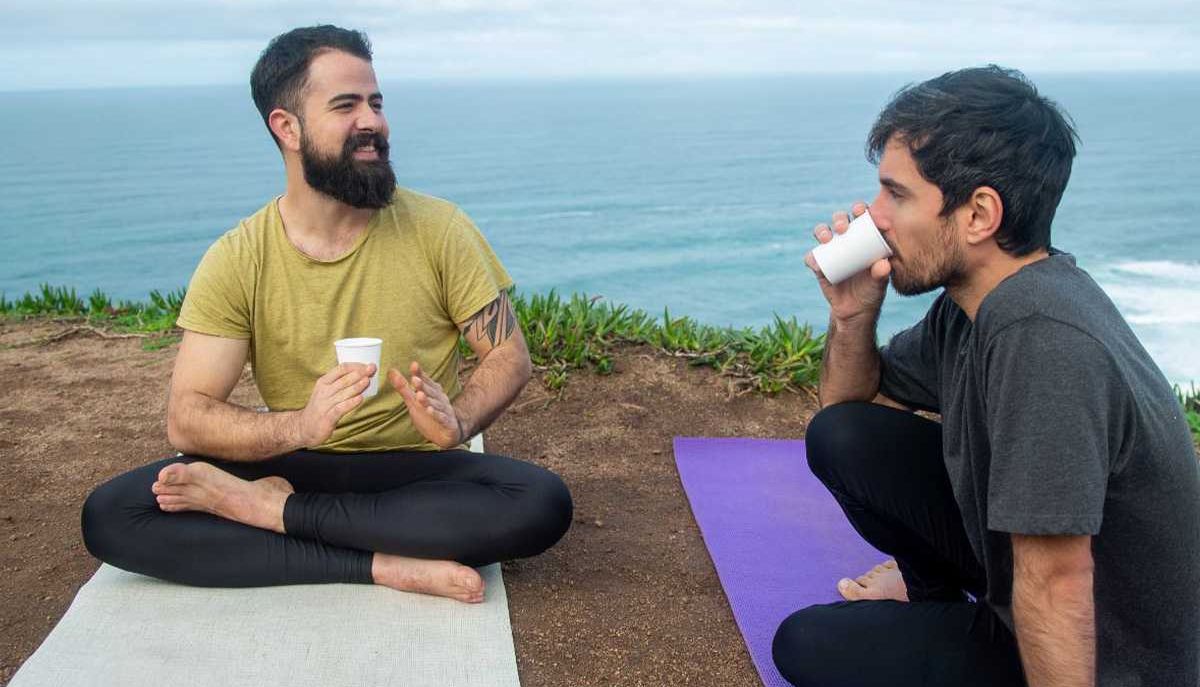 Men practice mindfulness overlooking the cliffs and ocean.Image via
Men practice mindfulness overlooking the cliffs and ocean.Image via  Man smiles at dusk.Image via sss - Photo by ridofranz
Man smiles at dusk.Image via sss - Photo by ridofranz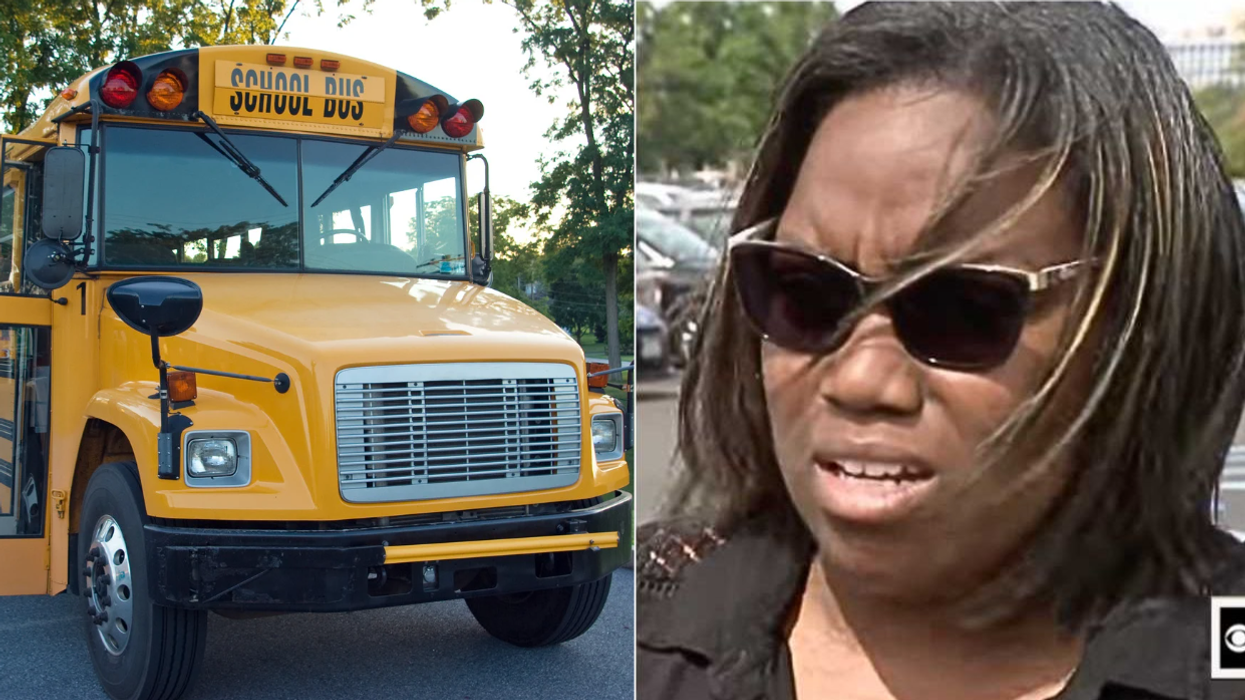
 People chat on a video callCanva
People chat on a video callCanva A parked school busCanva
A parked school busCanva
 A woman relaxes in the woodsCanva
A woman relaxes in the woodsCanva A neuroscientist studies brain scansCanva
A neuroscientist studies brain scansCanva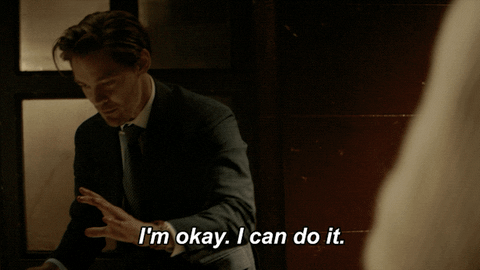 Gif of someone saying "I'm okay. I can do it" via
Gif of someone saying "I'm okay. I can do it" via 